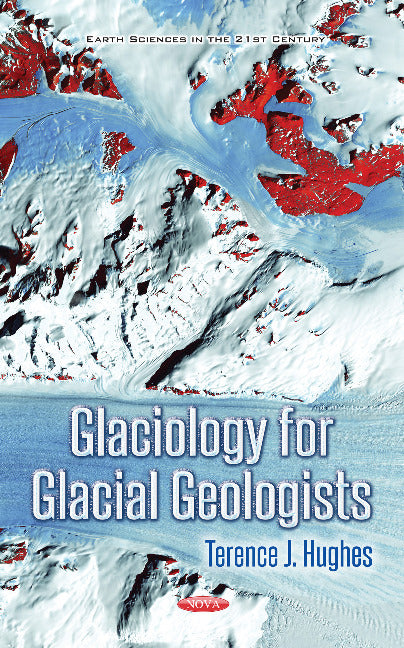
Glaciology for Glacial Geologists
By (author): Terence J Hughes
Published
by Nova Science Publishers, Inc
Temporarily Out-of-Stock
Available to Pre-order
Original price
£203.99
Current price
£132.59
ISBN: 9781536127935
Hardback
138 Pages
Subjects:
Earth sciences
